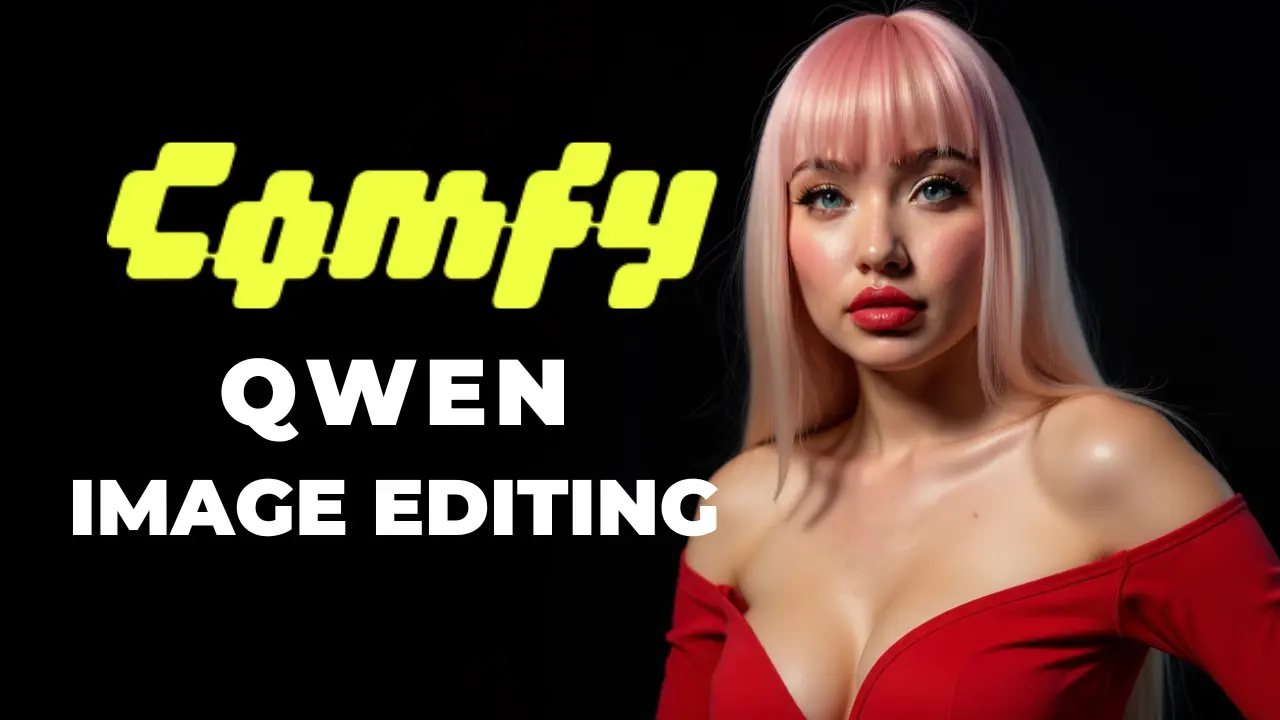How to Unlock the Power of AI Upscaling: Supercharge Your Videos with Free Upscaling Tools
Table of Contents
1. Introduction
In today's digital era, video quality can make or break your content. Are you tired of your videos looking like they belong in a different decade? Don’t worry! You’re not alone. Many creators face this dilemma, and fortunately, there’s a solution. In this post, we will explore how you can harness the power of AI upscaling to elevate your videos using free tools like Stable Diffusion and Flow Frames. Get ready for a journey that will transform your content into visually stunning experiences!
2. Getting Started with Stable Diffusion
Before we dive into the upscaling magic, you need to ensure you have Stable Diffusion installed and ready to go. If you haven't installed it yet, don't fret! You can find a simple and concise step-by-step guide for Windows users. Once you have it up and running, you’re all set to begin your transformation process.
3. Using the Next View Extension
To supercharge your upscaling efforts, we’ll utilize the Next View extension for Stable Diffusion. This handy tool allows you to easily convert videos into image sequences and vice versa. To install this extension:
-
Go to the extensions tab
-
Click on 'Install from URL'
-
Paste the official GitHub link (provided in the description)
-
Click 'Install'
Once installed, head to the 'Installed' tab, click on 'Apply', and restart your UI. Before you start upscaling, make sure you have FFMPEG installed—a crucial tool for processing video files.
4. Testing Your Upscaling Settings
With your video ready, it’s essential to perform some preliminary testing before going all-in on upscaling. Navigate to the 'Extras' tab inside the Automatic 1111 interface. In the single image tab, upload any frame from the folder created with the Next View extension. Set the resize option to your preferred value (I suggest starting with 2x). For the upscaler model, you have various options, but a recommended choice is R-SRIN 4X Plus for realism, or the anime version if you’re working with animated content.
Next comes an important step—face restoration. This is pivotal if your video features faces. Choose between GFP Gan and CodeFormer for your restoration needs. CodeFormer is often preferable, offering more control and speed. Adjust settings and click ‘Generate’ to see the results! This iterative testing will save you from wasting time on subpar upscaling.
5. Batch Upscaling Your Video
Once you've tested your settings and are satisfied with your single frame results, it’s time to upscale the entire image sequence! Navigate to the 'Batch From Directory' tab:
-
Paste the image sequence location you copied earlier into the input directory.
-
Create an empty output folder anywhere on your computer (I suggest the Extras Images folder) and paste the path here.
-
Hit 'Generate'.
The time this takes will vary based on your GPU’s processing power and the number of frames, so grab a coffee, sit back, and enjoy the wait!
6. Merging Images Back into Video
With your images now upscaled, it's time to merge them back into a cohesive video. Return to the Next View extension:
-
Head to the 'Next View' tab and select 'Image Sequence to Video'.
-
Paste the folder location of your upscaled images in the designated field.
-
Set the frames per second to match your original video (you can find this in the properties settings of your video).
-
Click ‘Generate Video’.
Congratulations! You’ve successfully upscaled your video!
7. Enhancing with Flow Frames
To take your upscaled video even further, consider using Flow Frames for interpolation. This step is optional but can immensely elevate your content. Download Flow Frames for free via the link provided. After installation:
-
Navigate to the Interpolation tab for AI.
-
Select RIF if you have an Nvidia GPU.
-
Choose your upscaled video and specify an output folder.
-
Set the output FPS and speed (I recommend starting with X2).
-
Click 'Interpolate'.
The first process might take longer as it downloads the necessary interpolation models, but the results will be well worth your patience.
8. Conclusion
In this guide, we’ve uncovered the magic of AI upscaling, transforming standard footage into breathtaking videos using Stable Diffusion and Flow Frames. You’ve learned how to convert videos into image sequences, upscale them for enhanced quality, and merge them back into a finished product—all for free! Now it's your turn to share your newfound skills with the world! If you enjoyed this post, feel free to leave comments or reach out for more tips and tricks on video enhancement. Happy creating!



